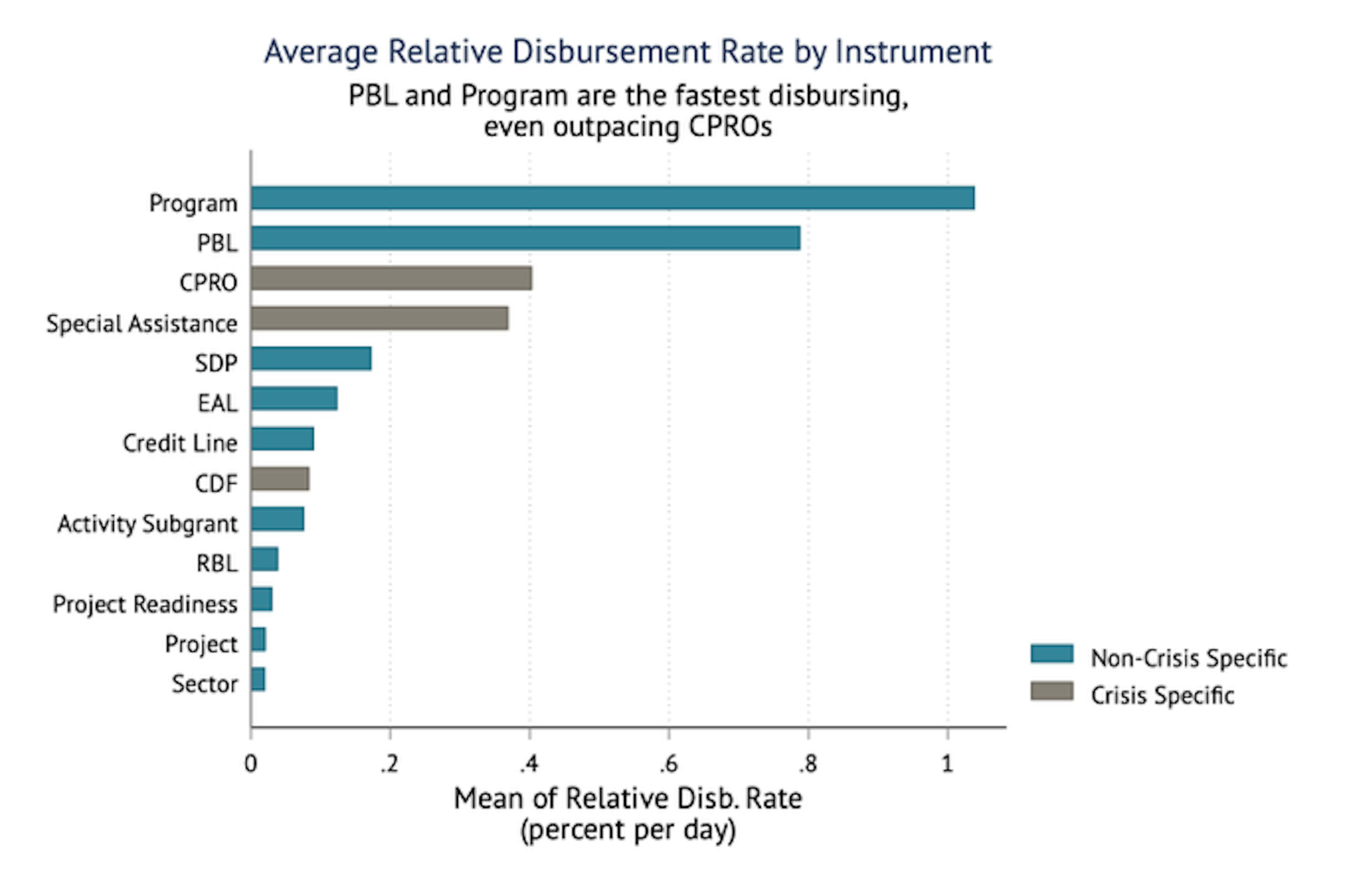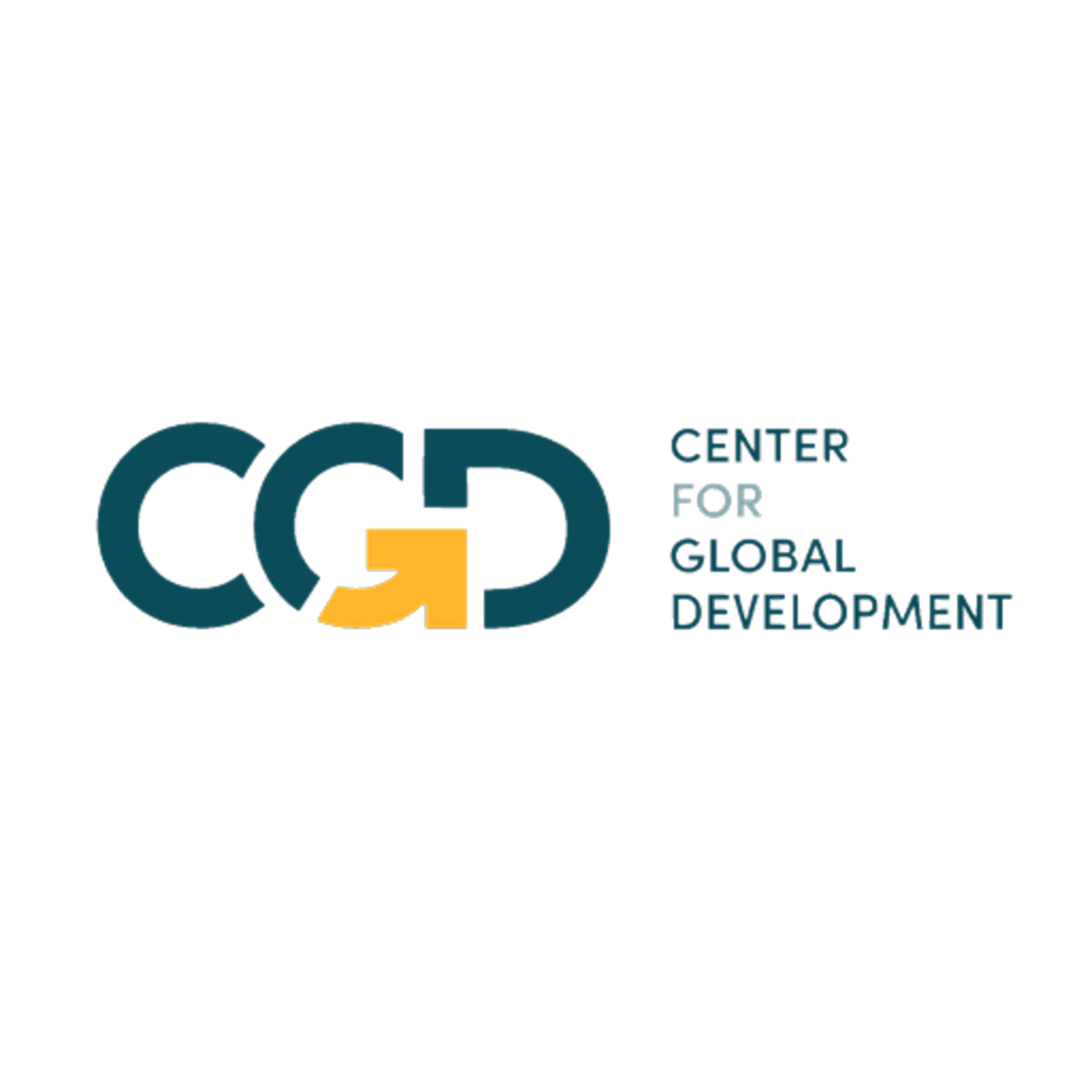
Downloads
Overview
In the face of sudden economic shocks and natural disasters that limit the ability of economies to rapidly raise revenue, MDBs have the potential to play a leading role in crisis response to minimize the damage. One key factor in their success in this role is the speed of their financing instruments—how quickly do they get funds to where they are needed after a crisis strikes? Using a calculated metric we term “relative disbursement rate,” our analysis finds that at both the World Bank and the Asian Development Bank (ADB), budget support operations are by far the fastest instrument, in some cases even outpacing crisis-specific instruments. We also find that most of the crisis-response specific instruments used by these institutions are contingency-based, meaning they are approved well before they would conceivably need to be disbursed. For these instruments, we find that speed is more accurately gauged by “response time” or the time between a crisis event and disbursement, and that at both institutions, this metric improved during the COVID-19 crisis. Together, these findings suggest that when it comes to crisis response, preparation is key—disbursement speed is much faster where instruments have advanced-design elements and policy actions that are already completed prior to approval.
